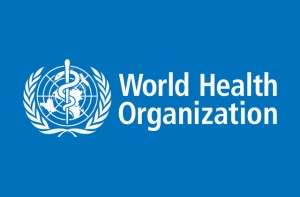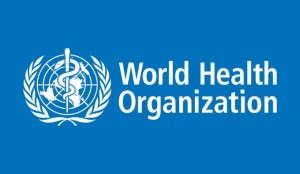Counting and reviewing every birth and death is key to preventing future tragedies
The day of birth is potentially the most dangerous time for mothers and babies. Every year, worldwide, 303 000 women die during pregnancy and childbirth, 2.7 million babies die during the first 28 days of life and 2.6 million babies are stillborn.
Most stillbirths and neonatal deaths are preventable with quality health care during pregnancy and childbirth. Nearly all babies who are stillborn and half of all newborn deaths are not recorded in a birth or death certificate, and thus have never been registered, reported or investigated by the health system. As a result, countries often do not know the numbers of deaths or the causes of these deaths and thus are unable to take the effective and timely actions to prevent others babies and mothers from dying.
“We need to ensure all births and deaths are counted, and that we can understand what to do to prevent future deaths, no matter where they occur,” says Ian Askew, Director of Reproductive Health and Research at WHO. “By reviewing the causes of maternal and infant deaths countries can improve quality of health care, take corrective actions, and prevent millions of families from enduring the pain of losing their infants or mothers.”
Launch of 3 new publications
Today, WHO is launching 3 publications to help countries improve their data on stillbirths and maternal and neonatal deaths. The first publication, the “WHO Application of the International Classification of Disease-10 to deaths during the perinatal period” (ICD-PM), is a standardized system for classifying stillbirths and neonatal deaths.
The system helps countries link stillbirths and neonatal deaths to contributing conditions in pregnant women, like diabetes or hypertension. Previously, there was no classification system that could be used across all low-, middle- and high-income countries in a consistent way.
The WHO application of ICD-10 to deaths during the perinatal period: ICD-PM
The second publication, “Making Every Baby Count: Audit and Review of Stillbirths and Neonatal Deaths”, is a guide to help countries review and investigate individual deaths so they can recommend and implement solutions to prevent similar ones in the future. It also incorporates ICD-PM classification in order to help countries complete at least a basic death review, which is an in-depth investigation into causes and circumstances surrounding the death.
“Every time a death is reviewed it has the potential to tell a story about what could have been done to save a mother and her baby,” says Dr Anthony Costello, Director of Maternal, Children’s and Adolescents’ Health at WHO.
Making every baby count: audit and review of stillbirths and neonatal deaths
Official reports underestimate the true magnitude of maternal mortality by up to 30% worldwide and 70% in some countries. The third WHO publication, “Time to respond: a report on the global implementation of maternal death surveillance and response”, helps countries strengthen their maternal mortality review process in hospitals and clinics.
The document also provides guidance for establishing a safe environment for health workers to improve quality of care within clinics and an approach to recording deaths occurring outside the health system, such as when mothers deliver at home.
Time to respond: a report on the global implementation of maternal death surveillance and response (MDSR)
Maternal death surveillance and response (MDSR) is a relatively new approach to investigating maternal deaths in real-time by a maternal death review committee (a group of experts) so that health facilities can then take corrective actions. By WHO standards, committees should meet at least twice a year, however, currently only 46% of countries are meeting this standard.
Conducting mortality audits and reviews is a key strategy for reducing preventable deaths among mothers and babies. It helps health system managers understand the causes of death, and the contributing factors, so they are able to take corrective actions to improve the quality of care. It is an important mechanism for holding countries accountable for meeting targets to reduce maternal and neonatal deaths laid out in the Sustainable Development Goals and Global Strategy for Women’s, Children’s and Adolescents’ Health.
WHO is also participating in a global multi-partner effort to improve the quality of health information, including data on maternal and child health, through the Health Data Collaborative. More than 30 global health organizations are contributing to the development of a user-friendly package of guidance and tools designed to strengthen countries’ health information systems.









